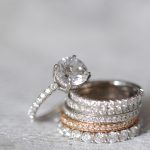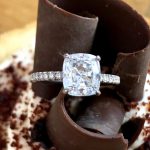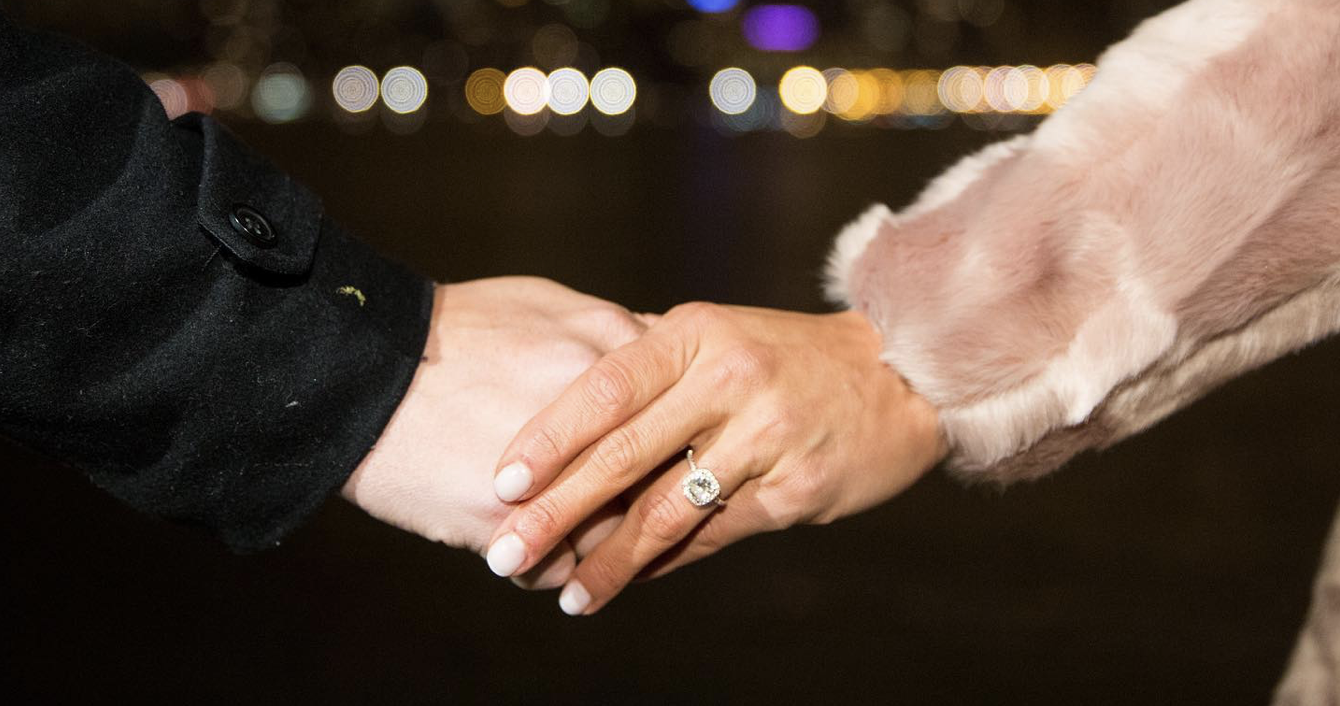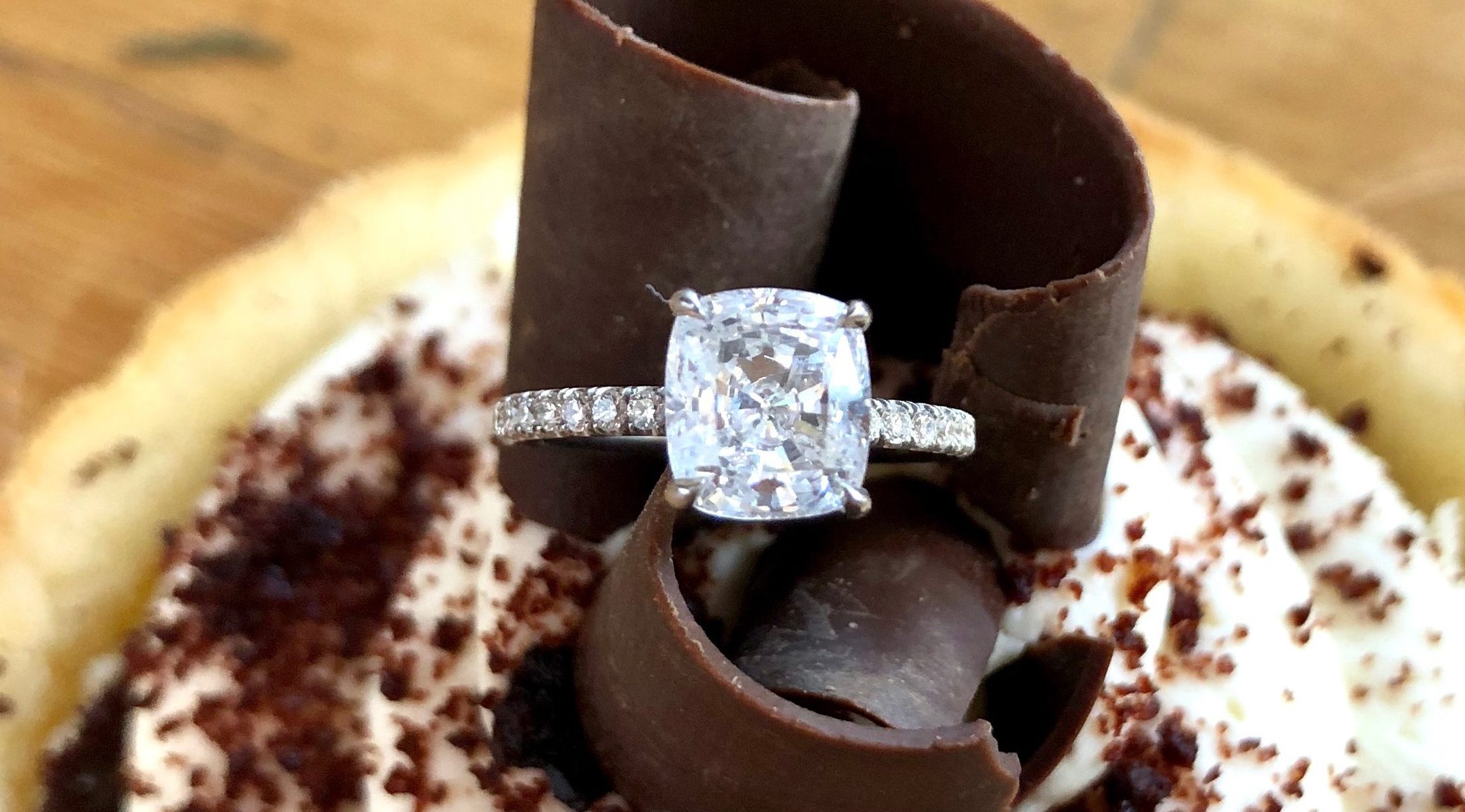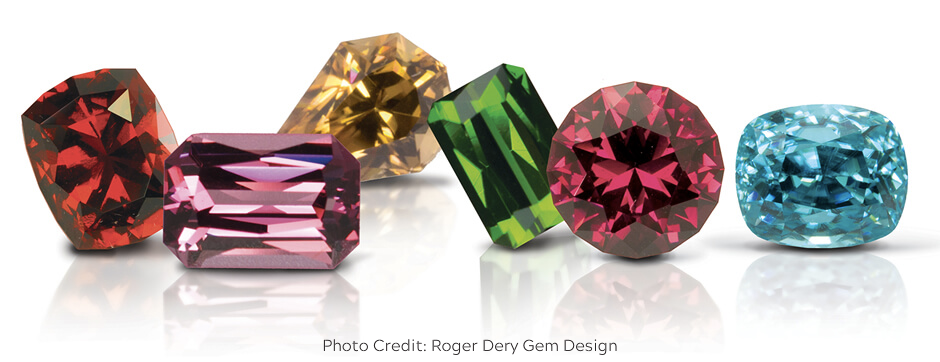
Our Guide to the Four Precious Gemstones
Much of the time, people walk into the store with some idea of the type of gemstone they’re looking for. Maybe they’re after the perfect diamond engagement ring, for example, or a stunning sapphire necklace.
But often we forget just how unique the range of precious gemstones can be, and the sheer variety they come in. Add in the incredible rainbow of brilliant colors to choose from, and there are countless ways to find a truly one-of-a-kind stone to pair with your custom jewelry.
Before you make your decision, check out our guide to the precious gemstone colors and meanings below.
The Four Precious Stones
Based on ancient tradition, there are four stones known as “precious” gemstones. These stones have historically been among the most sought-after and valued gems in the world; all other stones are simply considered “semi-precious” by comparison.
Diamond
As the queen of gemstones, diamonds symbolize love and commitment—which has made them the most popular engagement ring stone for decades. We typically imagine diamonds as clear, completely transparent stones, and this is often true of highly valuable examples. But diamonds also come in a varied rainbow of colors, called “fancy” color diamonds. From shades of yellow, light pinks and blues, to dark reds and greens, it’s possible to find your color of choice in a range of saturations—though some options are more rare (and thus more expensive) than others.
Ruby
Representing love and passion, these gemstones bear a deep red hue that once made them the prized possessions of ancient royalty around the world. These beautiful gems, set firmly in the corundum family of stones, are essentially sapphires of a different color. Their hues can range from a light pink to a deep blood red. Certain rare rubies also possess needle-thin “inclusions,” or materials that are trapped in the stone as it forms. These inclusions soften the light reflection, creating a “silk” phenomenon that spreads the red color more evenly across the stone.
Sapphire
From the Greek word for “blue,” sapphires are thought to represent honesty, trust, and faithfulness on the part of the bearer. However, these stones can come in a variety of gemstone colors, from purple to orange, and pure sapphires are actually white. Ancient rulers once wore these stones as talismans, attempting to protect themselves from both harm and envy. Like rubies, the inclusions of this gemstone can give it the appearance of “silk,” creating a faint but appealing sheen that spreads the color more softly and evenly throughout.
Emerald
Likely the most famous of all green gemstones, emeralds are associated with many world myths, and their beautiful color signifies vibrancy, renewal, and eternal youth. High-quality examples of this precious stone often bear intricate inclusions called “jardin” (from the French word for “garden”), as they sometimes appear in lines that look like branches or roots. The famous square or rectangular emerald cut was designed to create the appearance of “steps” or a “table,” thus capturing the brilliant flashes of light from a quality emerald stone.
As you move forward in creating a unique piece of jewelry, it’s worth considering a unique gemstone as the perfect match. Our specialists love to help you find the best gemstone colors to pair with your handcrafted piece, no matter what hues and stones appeal to you most!
Sorry, the comment form is closed at this time.





